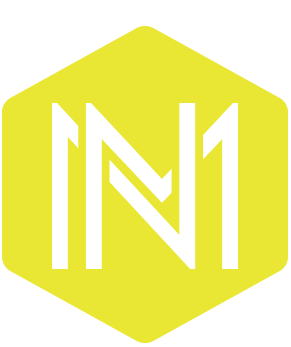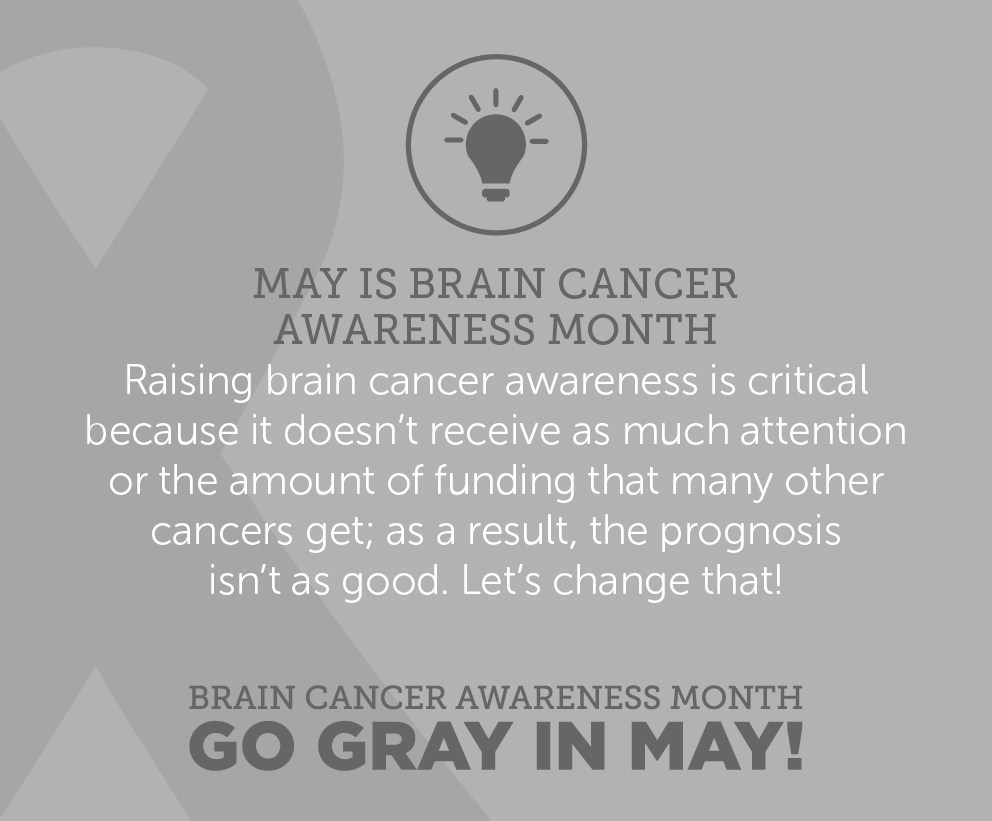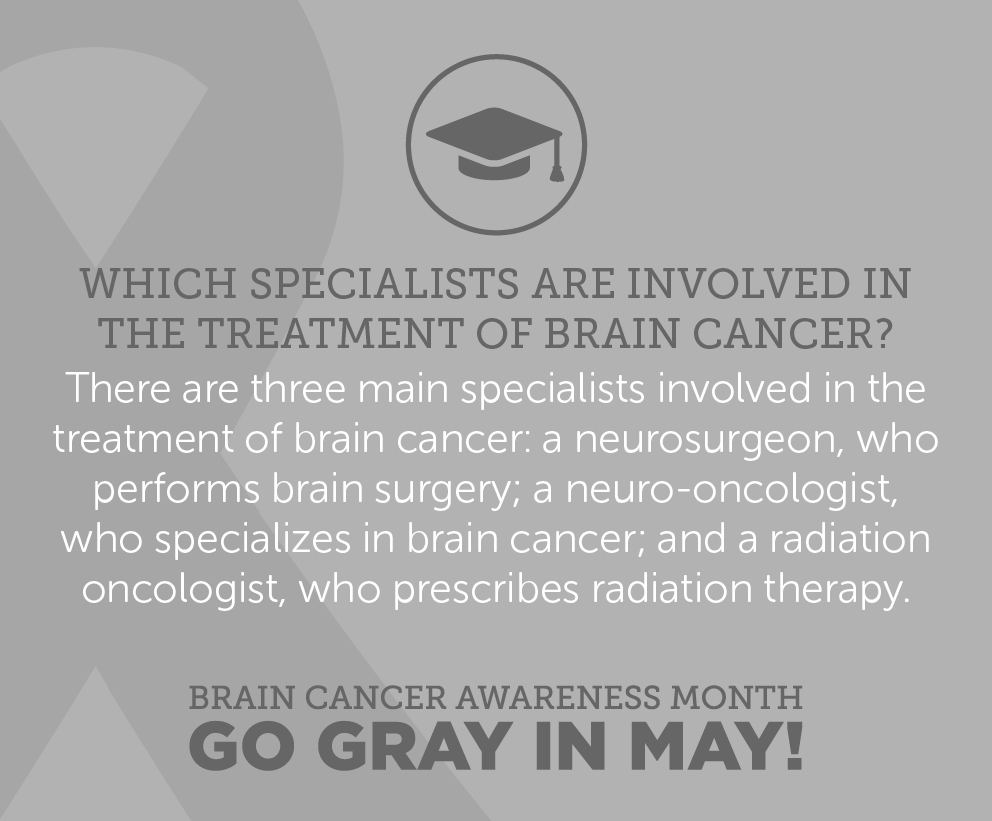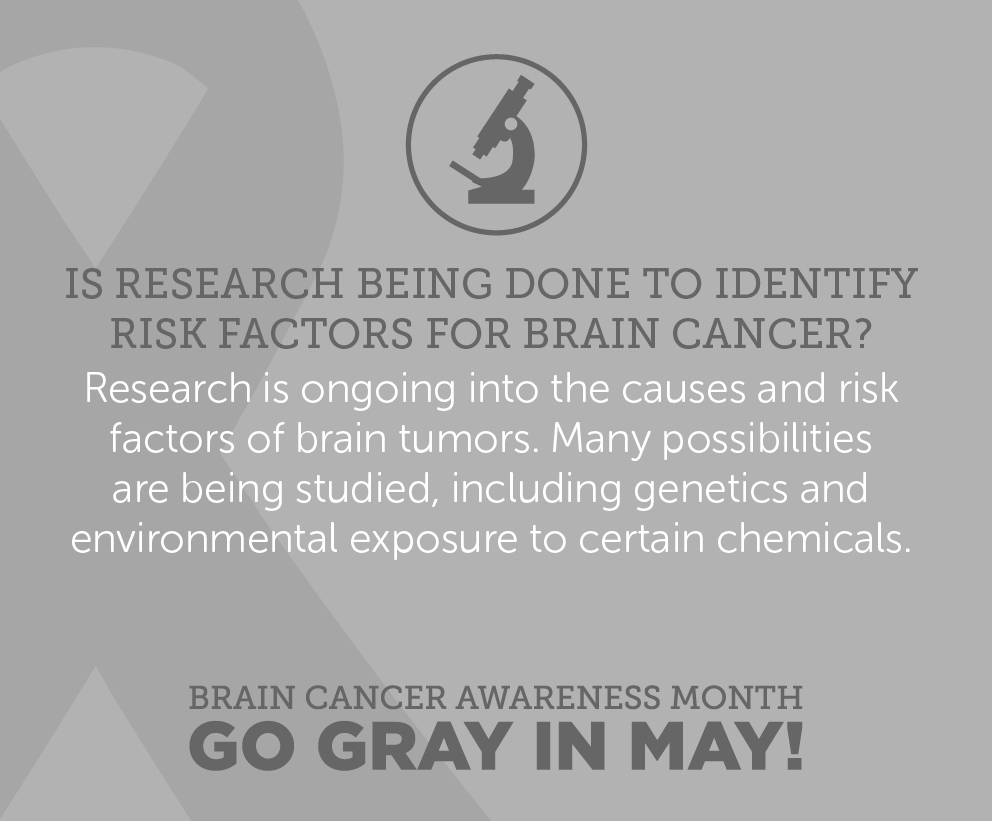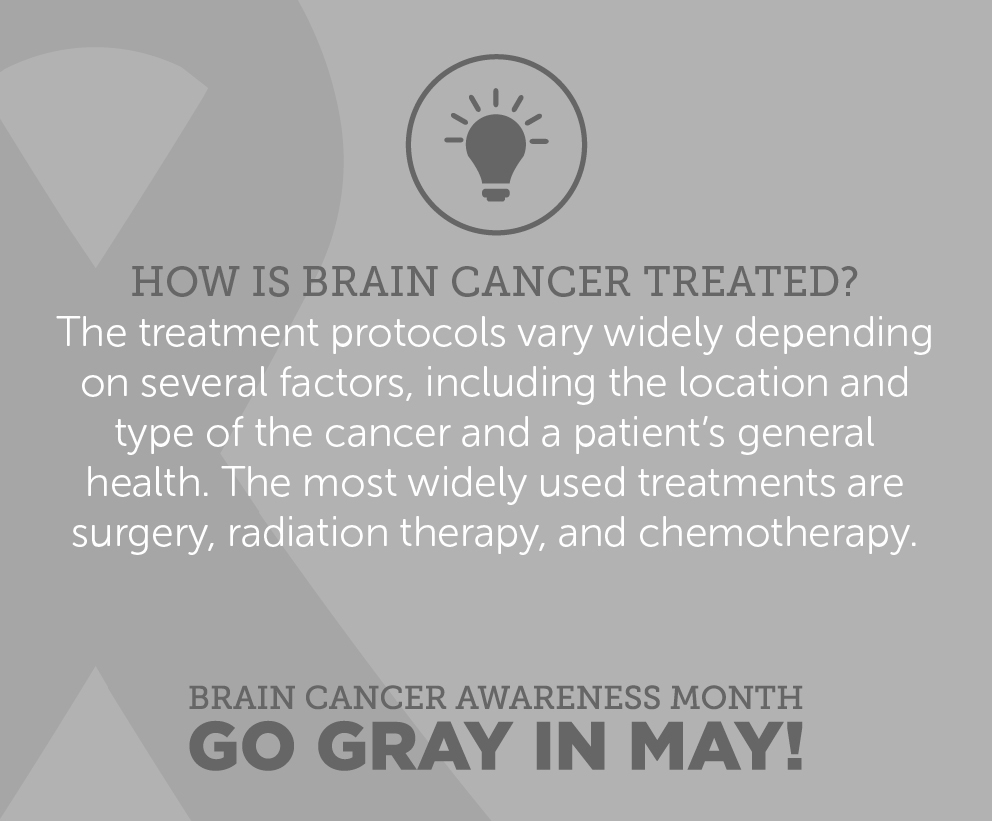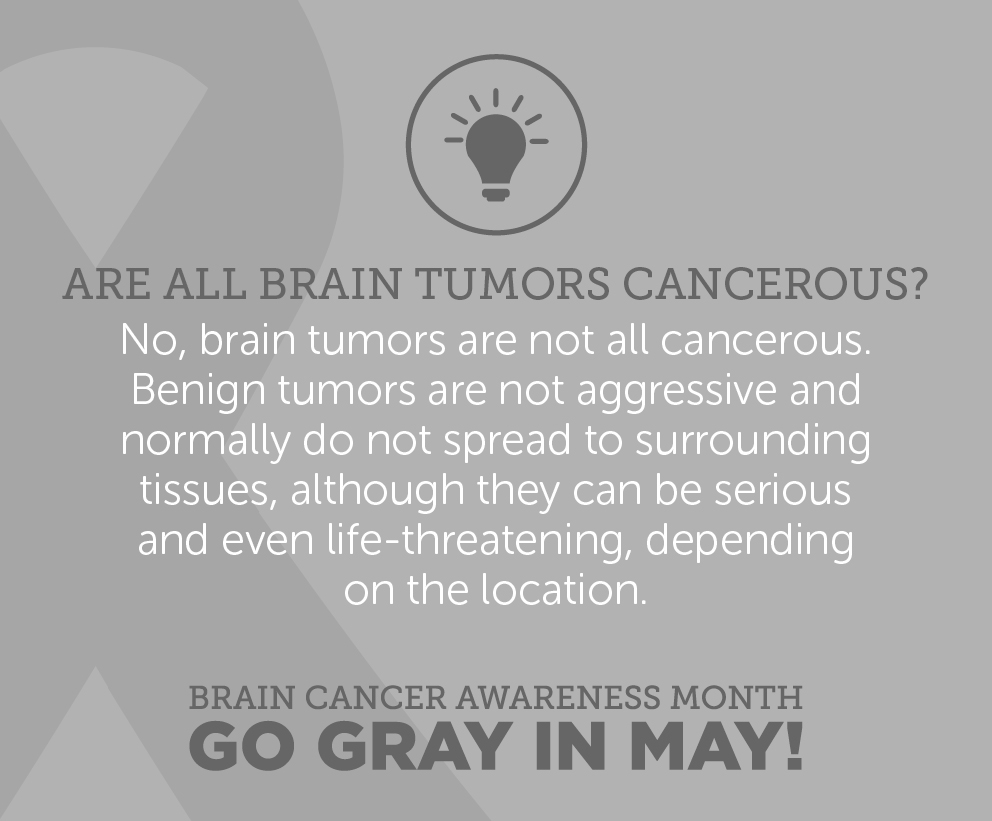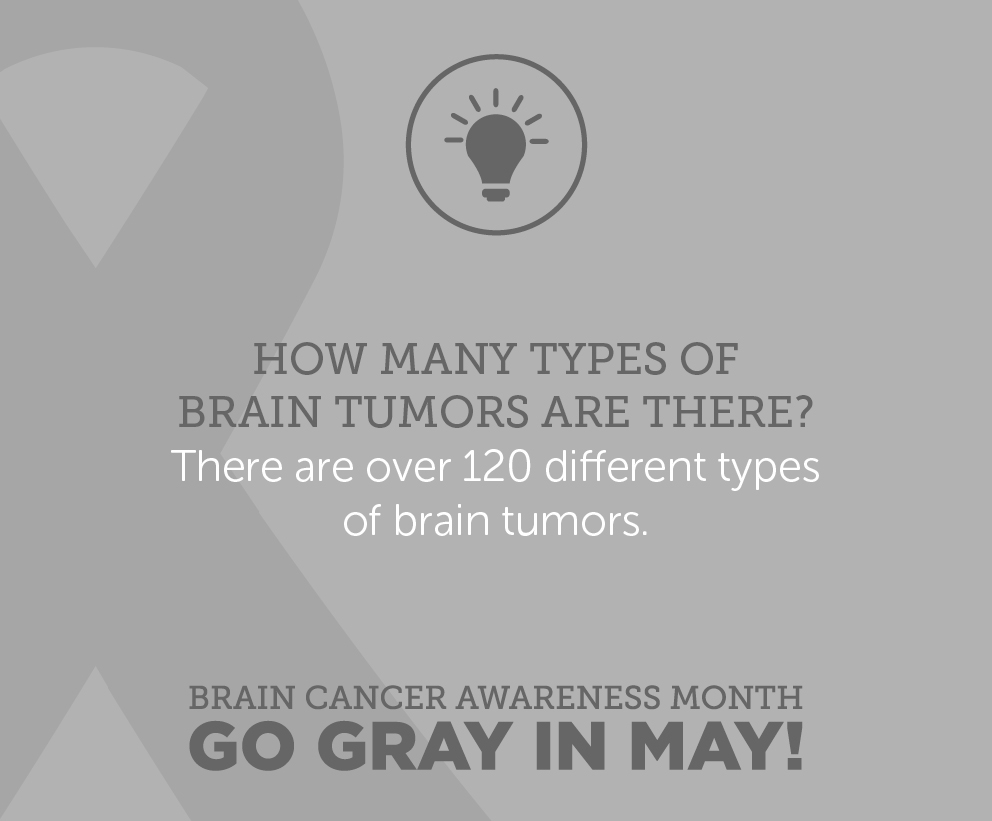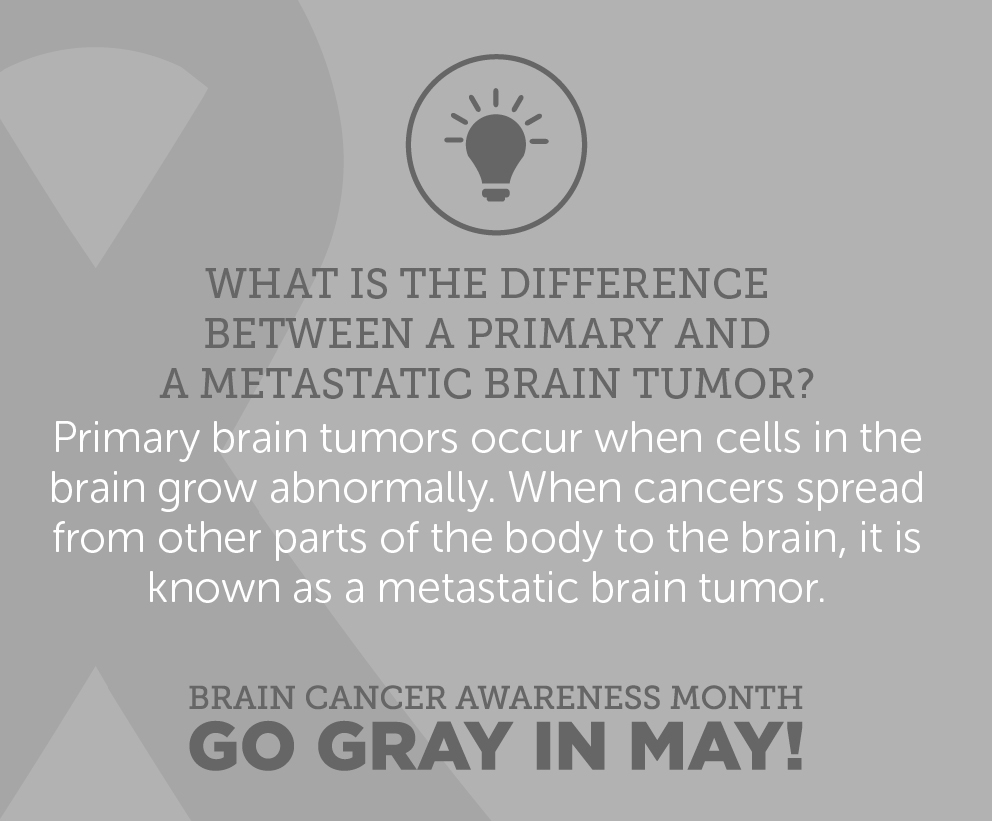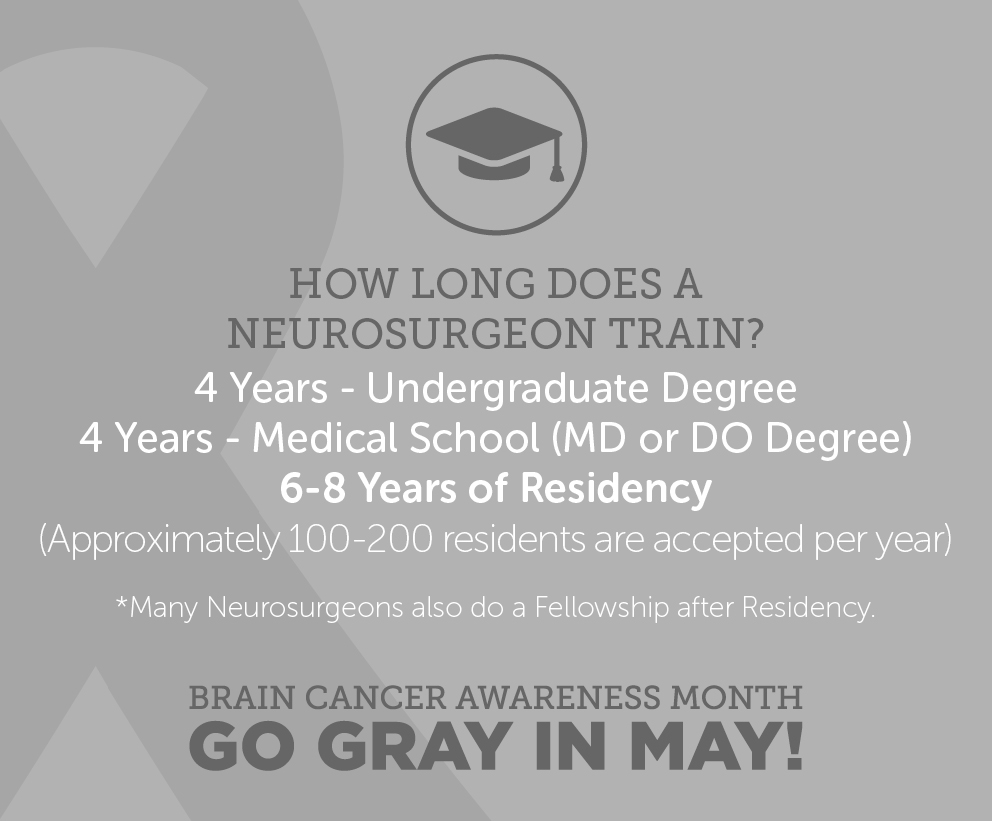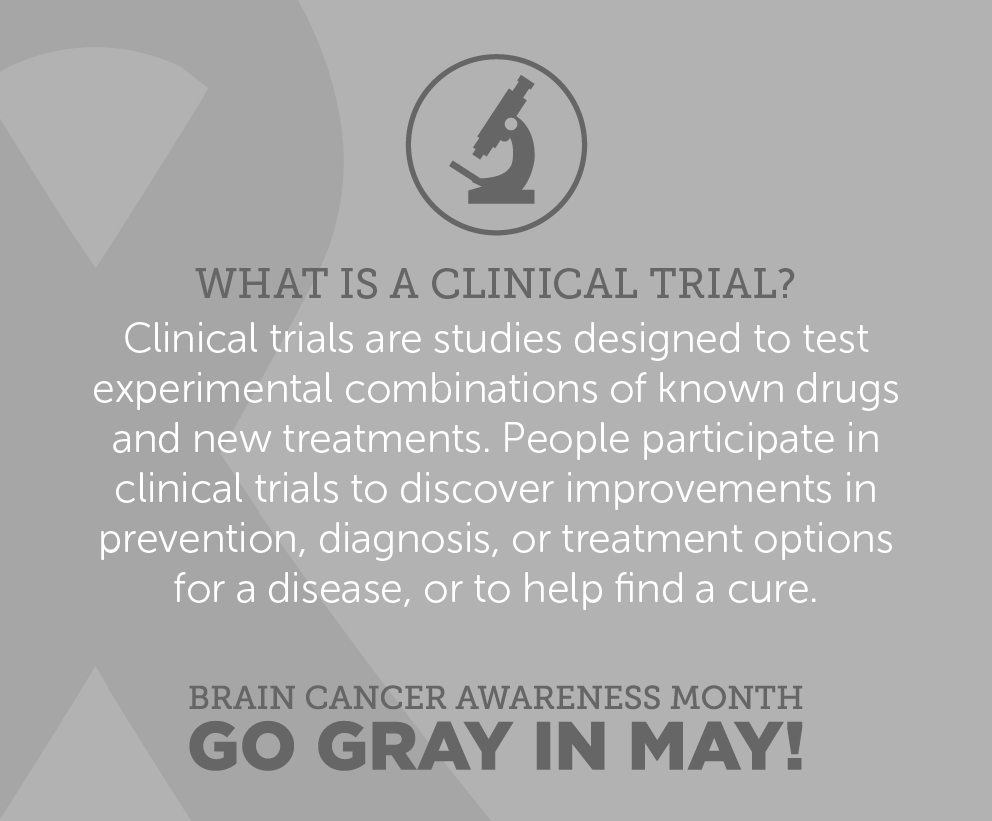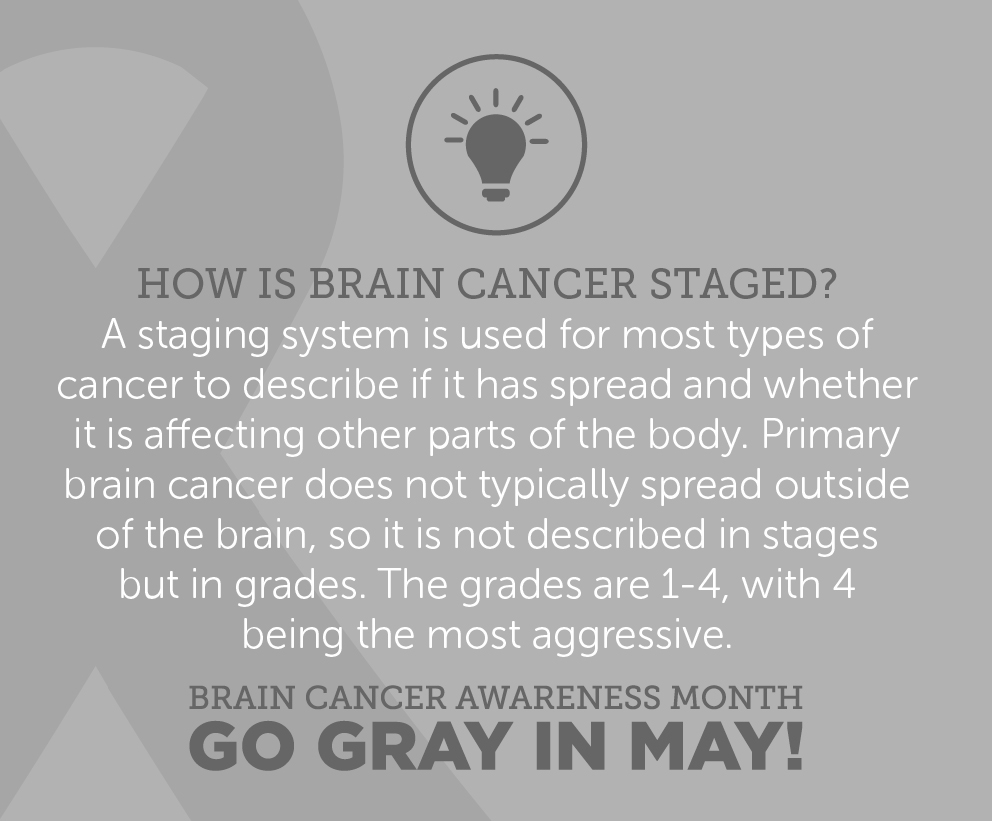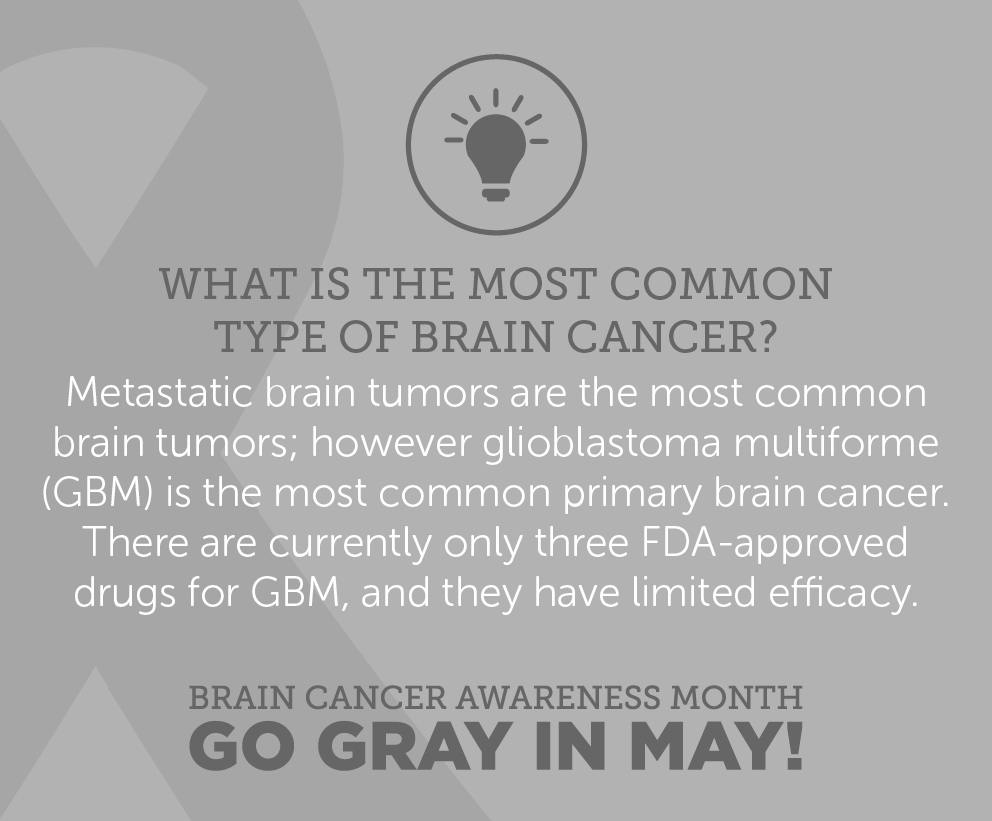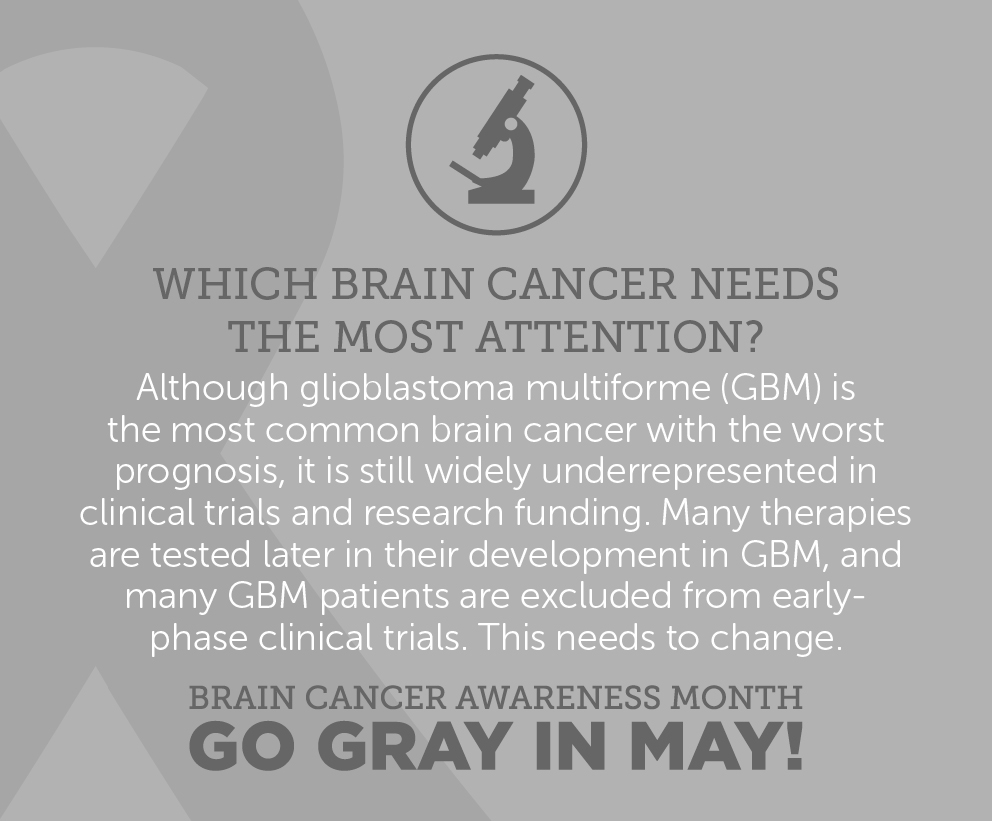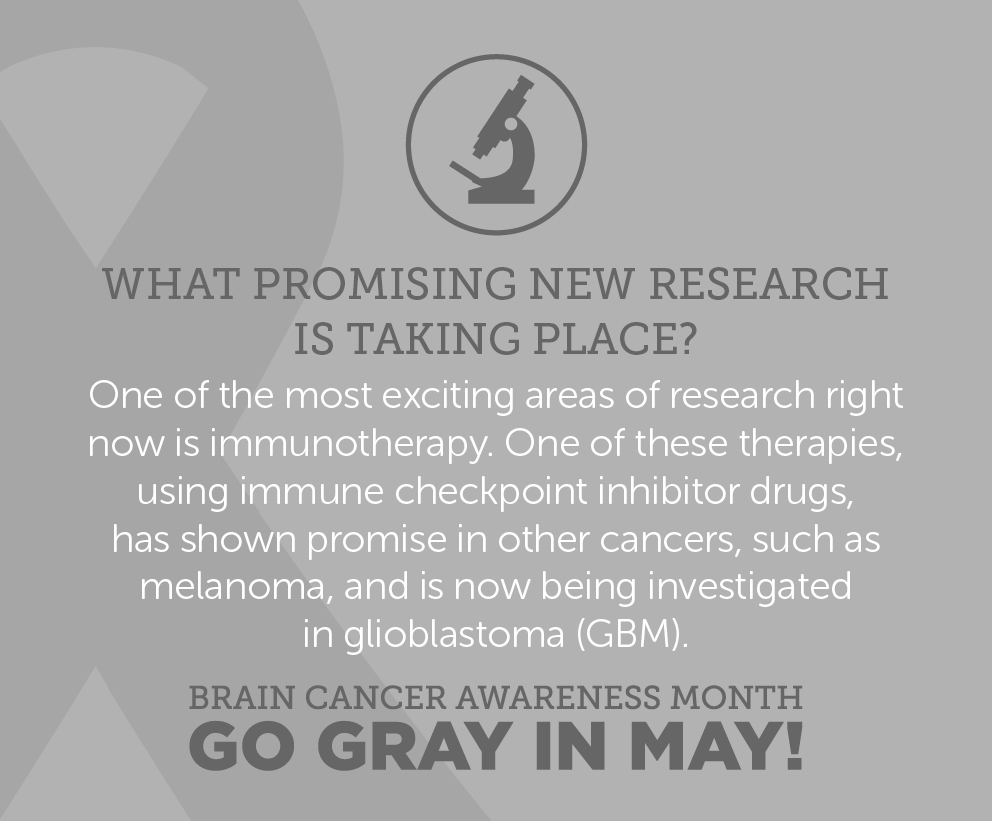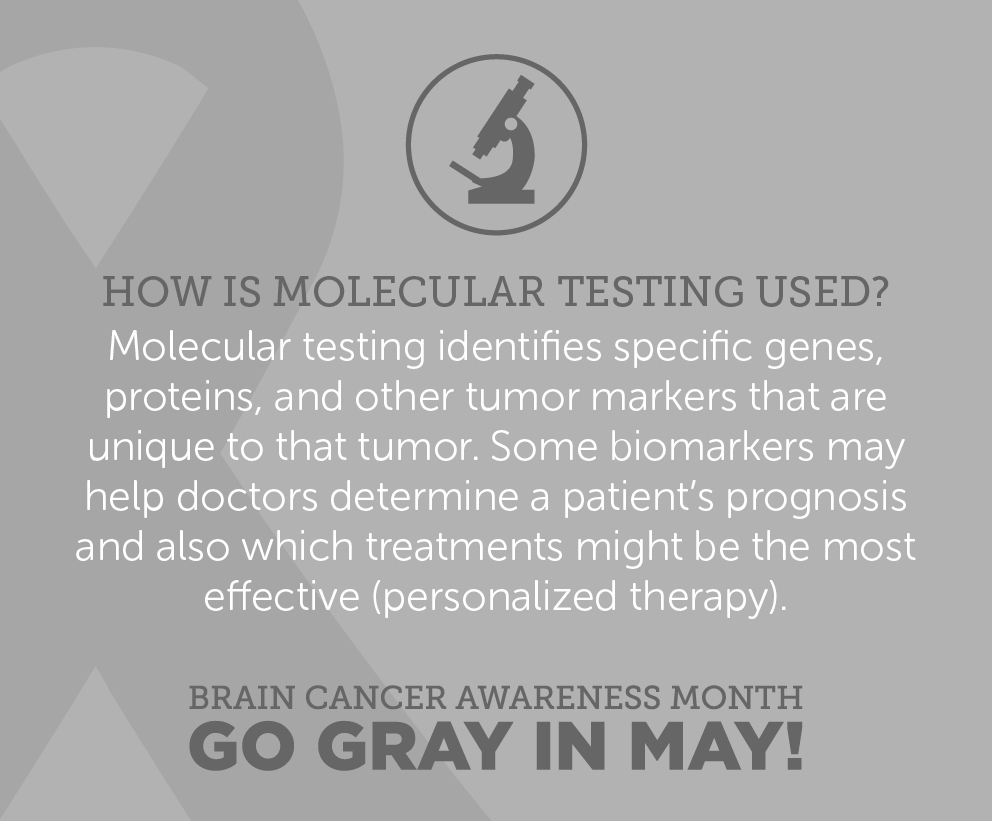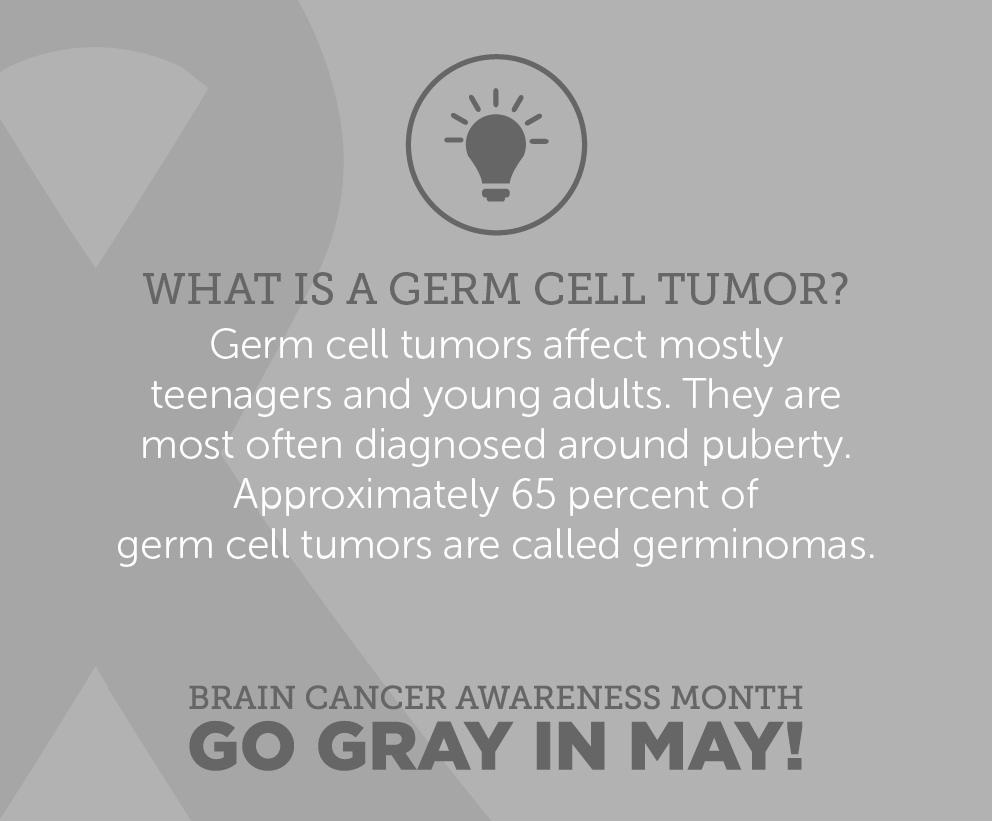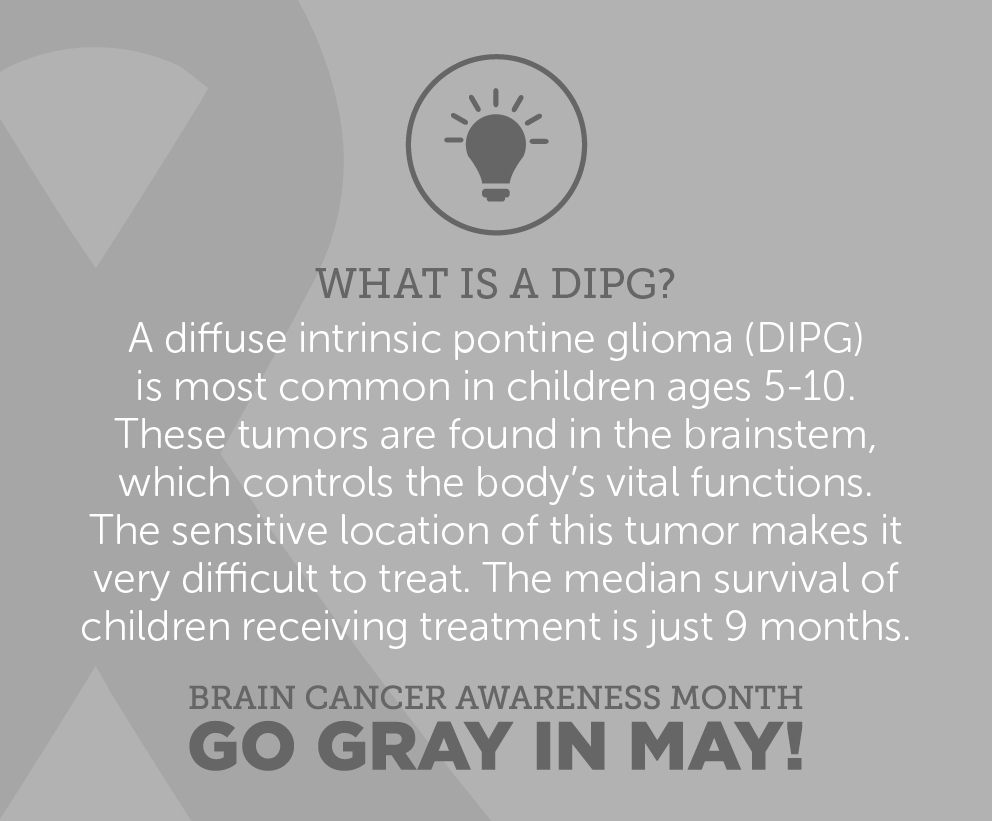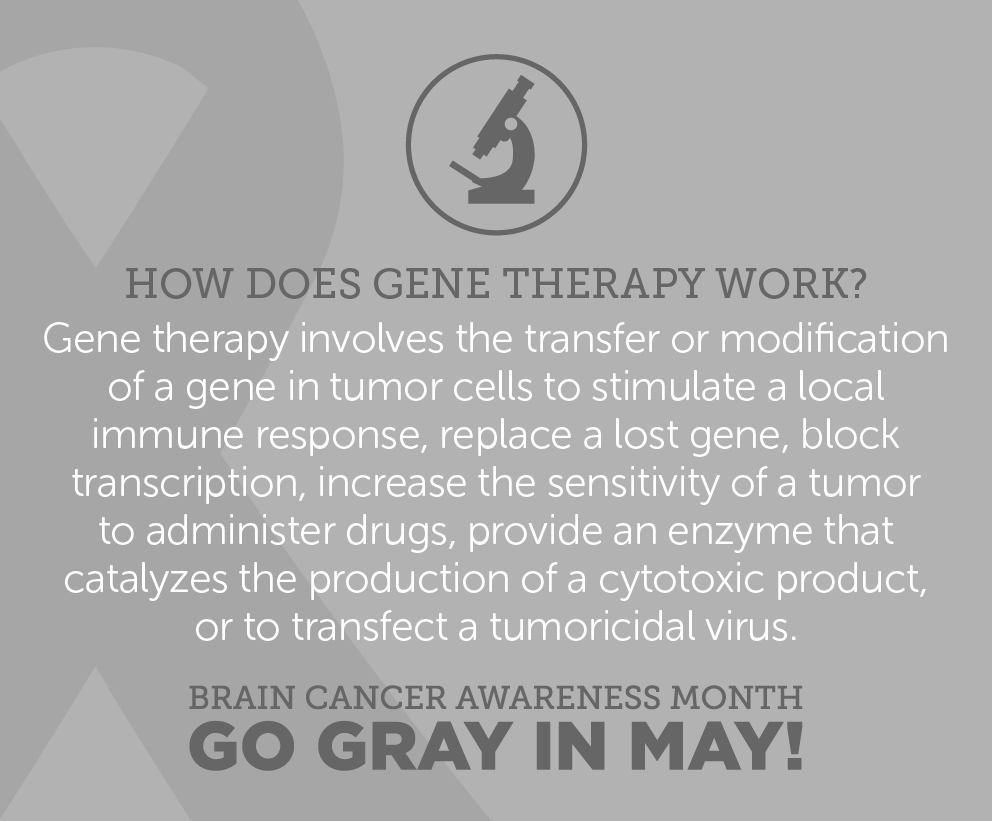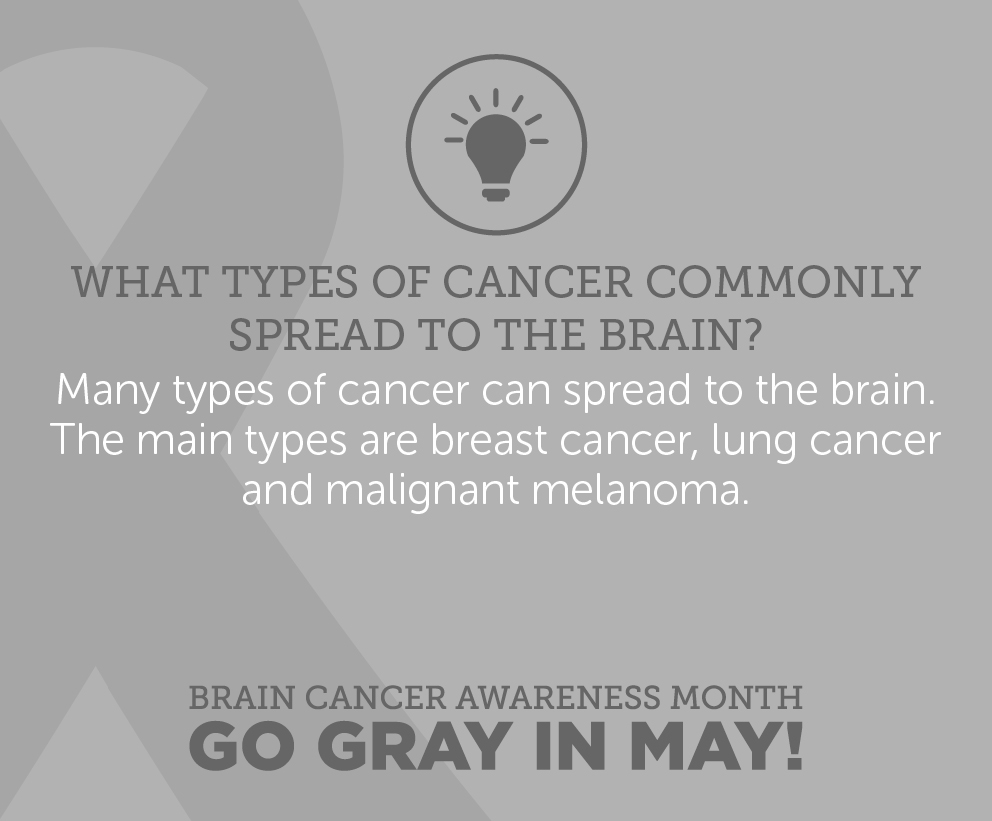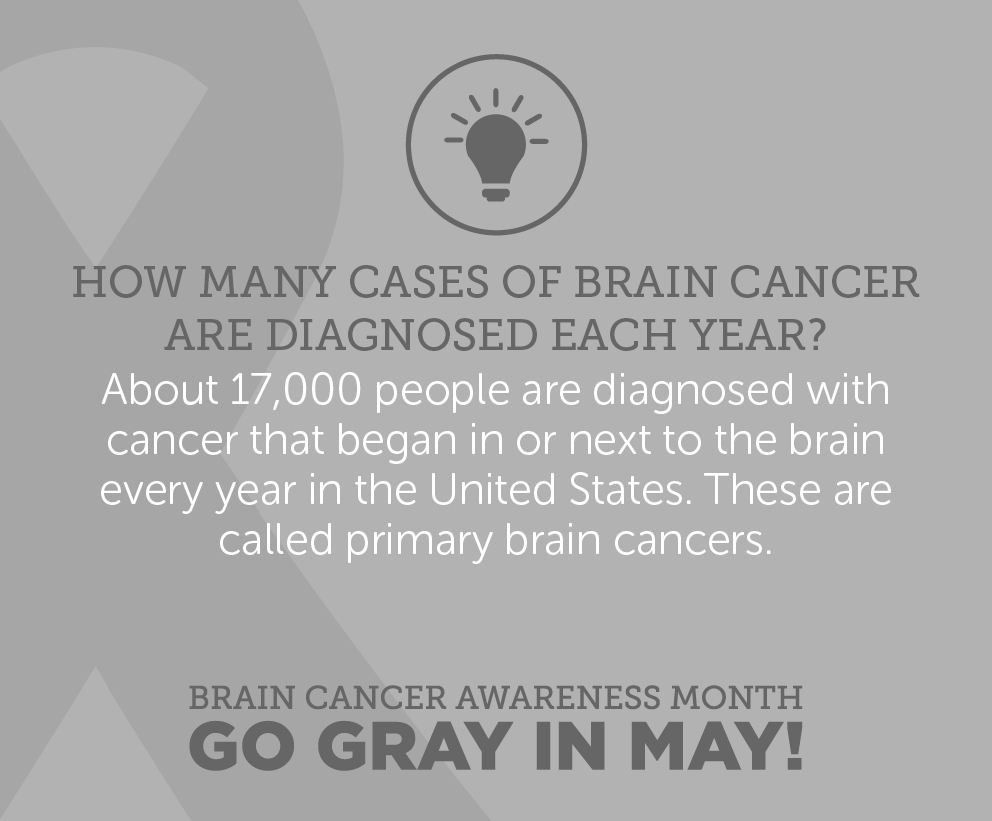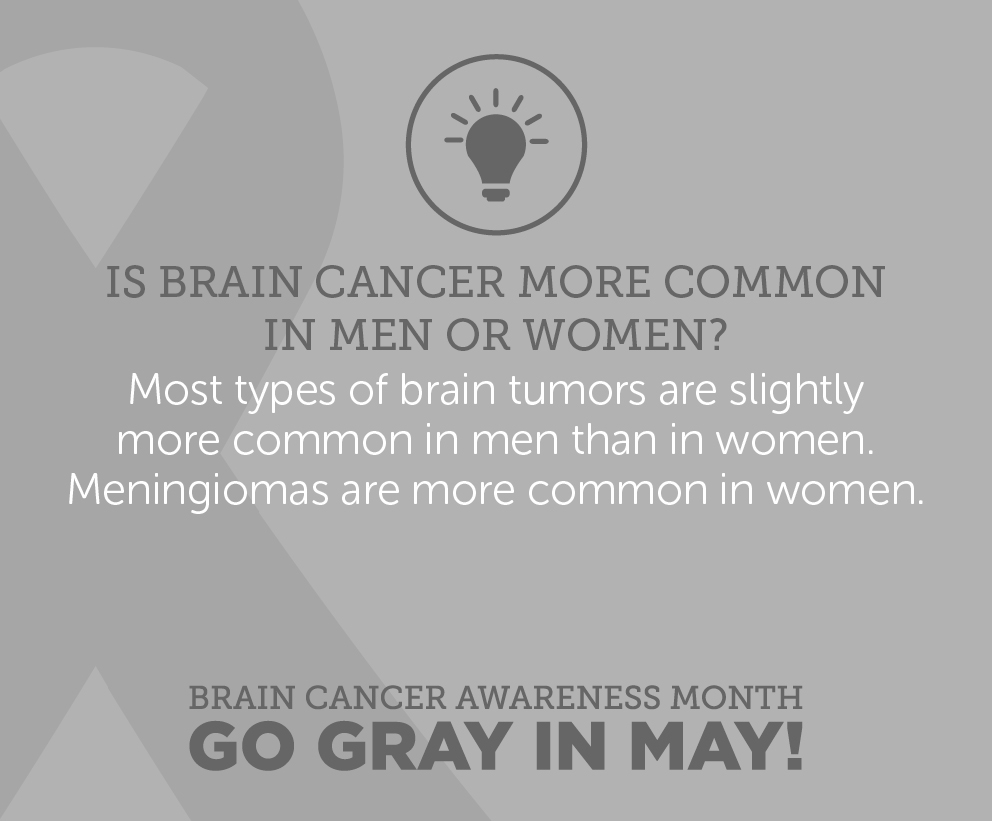When it comes to business card design there are tons and tons of options you can use to stand out. There are different sizes, shapes, finishes, paper weights and styles but when it comes to your business card size, what's the best size?
The standard dimensions for a business card are 3.5”x2”. It may seem novel to have a card that is larger or smaller and draws attention to it by being an odd size, but as a designer I always recommend using the standard size. There is a good chance it will get lost or discarded because it doesn’t line up with the others and it ends up feeling like a bit of a misfit.
Typically, business cards are horizontal but if you have lists of services or you are working with an image or logo that works better vertically, a vertical card is perfectly fine. I would recommend that if you go vertical, you do so for both sides. The same goes for a horizontal card; switching orientations from the front to the back feels choppy and awkward.
If you're feeling like this is a boring choice, I recommend going with a jazzier paper or adding a finishing option like edge painting or a foil stamp.
Need more design tips? Check out my Design & Branding guide that includes all of my design secrets in one handy little guide, perfect for designers, students or new business owners who are ready to look their very best.
BONUS! Generate the best ideas using my free Brainstorm Like a Pro ebook, get it here for FREE!
Want more Design advice?
